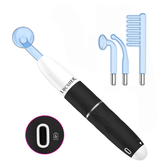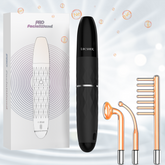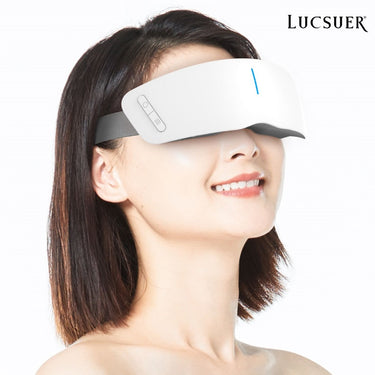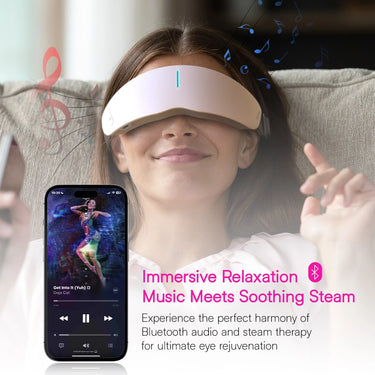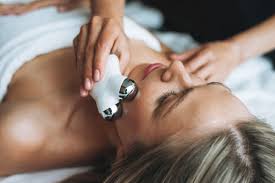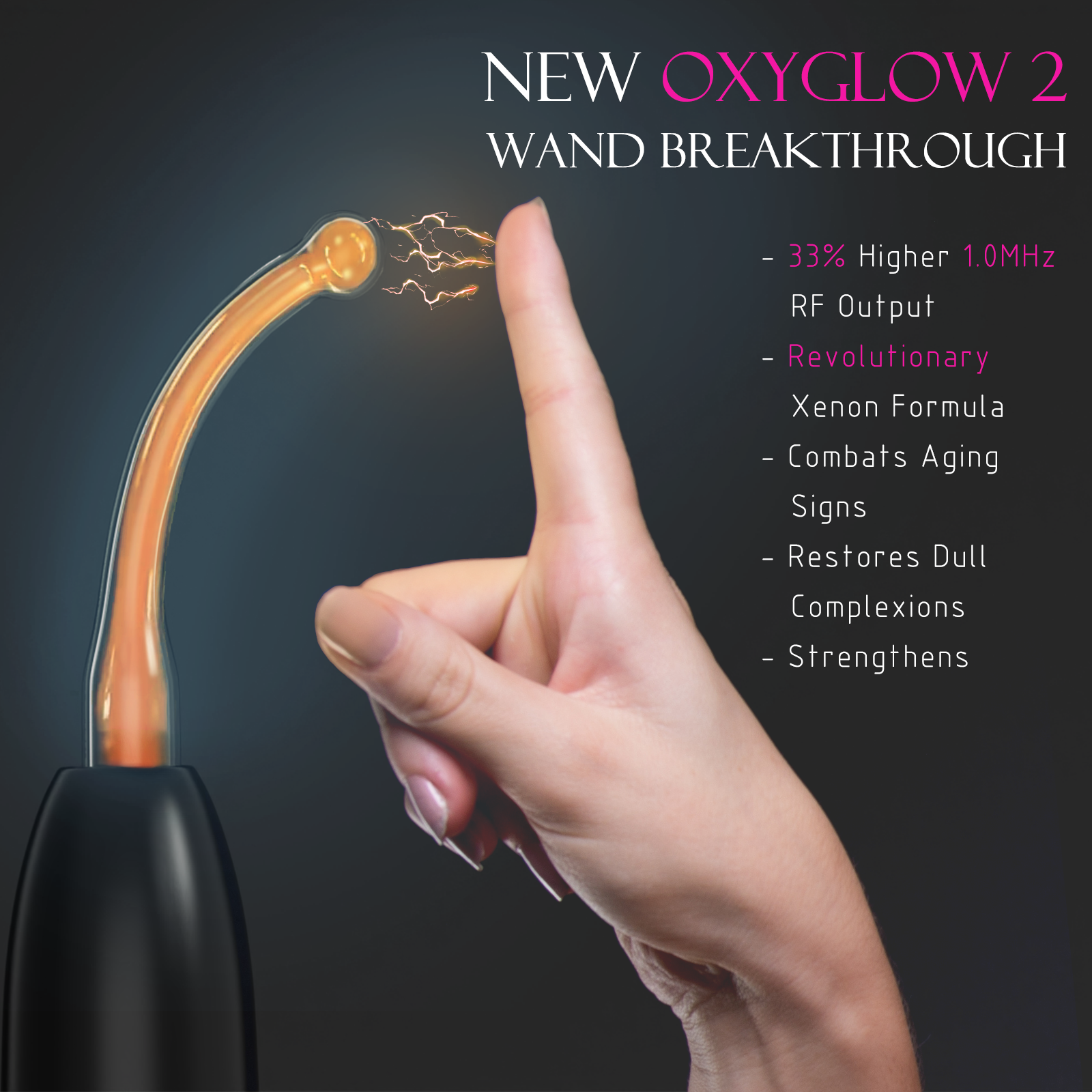Introduction
Microcurrent devices have emerged as a popular addition to the skincare arsenal, promising a non-invasive approach to achieving a youthful, radiant complexion. These handheld gadgets deliver low-level electrical currents to the skin, aiming to tone muscles, reduce fine lines, and improve overall skin health. In recent years, the beauty and skincare industry has witnessed a surge in interest surrounding microcurrent devices, fueled by the growing demand for effective anti-aging solutions and the allure of a high-tech approach to skincare.
This article delves into the realm of microcurrent devices, exploring their fundamental principles, evaluating their effectiveness, and providing practical insights for those considering incorporating these devices into their skincare routines. We’ll examine the scientific evidence, user experiences, and appropriate usage scenarios to help you navigate the world of microcurrent technology.
Understanding Microcurrent Technology
What is Microcurrent?
Microcurrent refers to low-level electrical currents, typically ranging from 20 to 1000 microamperes, that are applied to the skin via specialized devices. These currents are designed to mimic the body’s natural electrical impulses, aiming to stimulate cellular activity and promote various skincare benefits.
How Microcurrent Works on the Skin
When applied to the skin, microcurrent is believed to trigger a cascade of physiological responses. It is thought to increase adenosine triphosphate (ATP) production, which is the primary energy source for cells, thereby enhancing cellular metabolism and promoting the production of collagen and elastin, the proteins responsible for skin firmness and elasticity.
Types of Microcurrent Devices
Microcurrent devices come in various forms, including handheld wands, face masks, and even full-body suits. Some devices are designed for specific areas, such as the face or body, while others offer more comprehensive coverage. Additionally, some microcurrent devices incorporate additional features like LED light therapy or microneedling for enhanced results.
Evaluating Microcurrent Device Efficacy
Scientific Evidence
While the concept of microcurrent therapy is intriguing, it’s crucial to examine the scientific evidence behind its claimed benefits. Several studies have explored the effects of microcurrent on skin, with some demonstrating improvements in skin firmness, reduction of fine lines and wrinkles, and enhanced circulation. However, it’s important to note that the quality and scope of these studies vary, and more robust research is still needed to establish definitive conclusions.
User Experiences and Reviews
Beyond scientific studies, user experiences and reviews can provide valuable insights into the practical effectiveness of microcurrent devices. Many users report noticeable improvements in skin tone, texture, and overall radiance after incorporating microcurrent devices into their skincare routines. However, it’s essential to approach anecdotal evidence with a critical eye, as individual results may vary, and factors such as consistent usage, skincare regimen, and lifestyle choices can influence outcomes.
Addressing Myths and Misconceptions
Despite their growing popularity, microcurrent devices are not immune to myths and misconceptions. Some skeptics question the ability of such low-level currents to elicit meaningful changes in the skin, while others express concerns about potential side effects or long-term safety. It’s crucial to separate fact from fiction and address these concerns with a scientific and objective approach, relying on reputable sources and expert opinions.
Appropriate Usage and Considerations
Skin Types and Conditions
Microcurrent devices are often touted as suitable for various skin types and conditions, including aging skin, dull complexions, and loss of firmness or elasticity. However, it’s essential to consult with a professional to determine if microcurrent therapy is appropriate for your specific skin concerns and to tailor the treatment accordingly.
Frequency and Duration of Use
Proper usage is crucial to maximize the potential benefits of microcurrent devices. Manufacturers typically provide guidelines on recommended frequency and duration of use, which can vary depending on the device and the desired results. Consistency and patience are key, as visible improvements may take several weeks or months of regular use.
Safety Precautions and Maintenance
While microcurrent devices are generally considered safe when used as directed, it’s essential to follow safety precautions and guidelines. Individuals with certain medical conditions, such as pacemakers or epilepsy, may need to exercise caution or avoid microcurrent therapy altogether. Proper cleansing and maintenance of the devices are also crucial to prevent potential skin irritations or infections.
Potential Benefits and Effects
Enhancing Skin Firmness and Tightness
One of the primary claims surrounding microcurrent devices is their ability to improve skin firmness and tightness. The low-level electrical currents are believed to stimulate facial muscles, mimicking the effects of exercise and potentially resulting in a more toned, lifted appearance.
Reducing Fine Lines and Wrinkles
Microcurrent therapy is often touted as an effective solution for minimizing the appearance of fine lines and wrinkles. The proposed mechanisms include increased collagen and elastin production, improved cellular turnover, and enhanced circulation, all of which can contribute to a more youthful, radiant complexion.
Promoting Overall Skin Health
Beyond addressing visible signs of aging, microcurrent devices may also offer broader benefits for overall skin health. Improved blood circulation and lymphatic drainage are among the proposed effects, potentially leading to better nutrient delivery, waste removal, and a more vibrant, glowing appearance.
Choosing and Using Microcurrent Devices Effectively
Selecting the Right Product
With the increasing popularity of microcurrent devices, consumers are faced with a plethora of options. Choosing the right product can be daunting, but factors such as device type, technology, and compatibility with your specific skincare needs should be taken into consideration. Consulting with professionals or thoroughly researching reputable brands can help guide your decision.
Usage Tips and Best Practices
Proper usage is essential to maximize the potential benefits of microcurrent devices. Following the manufacturer’s instructions, cleansing the skin prior to use, and maintaining consistent application are crucial steps. Additionally, combining microcurrent therapy with other complementary skincare practices, such as serums or moisturizers, may enhance overall results.
Integrating Microcurrent Devices into Your Routine
Microcurrent devices should not be viewed as a standalone solution but rather as a complementary addition to a comprehensive skincare routine. Incorporating microcurrent therapy alongside other proven practices, such as sun protection, hydration, and a balanced diet, can contribute to overall skin health and a radiant complexion.
Conclusion
In conclusion, microcurrent devices have garnered significant attention in the skincare world, promising a non-invasive approach to addressing various skin concerns, including fine lines, wrinkles, and loss of firmness. While scientific evidence is still evolving, user experiences and anecdotal reports suggest potential benefits for many individuals. For those considering incorporating microcurrent devices into their skincare routines, it’s essential to approach the process with realistic expectations, patience, and a commitment to consistent use. Consulting with professionals, thoroughly researching products, and following best practices can help maximize the potential benefits and minimize any risks or side effects. As with any emerging technology, the world of microcurrent devices is constantly evolving. Future advancements may include improved device designs, enhanced safety features, and more targeted applications. Additionally, ongoing research and clinical studies may provide further insights into the efficacy and long-term implications of microcurrent therapy.
